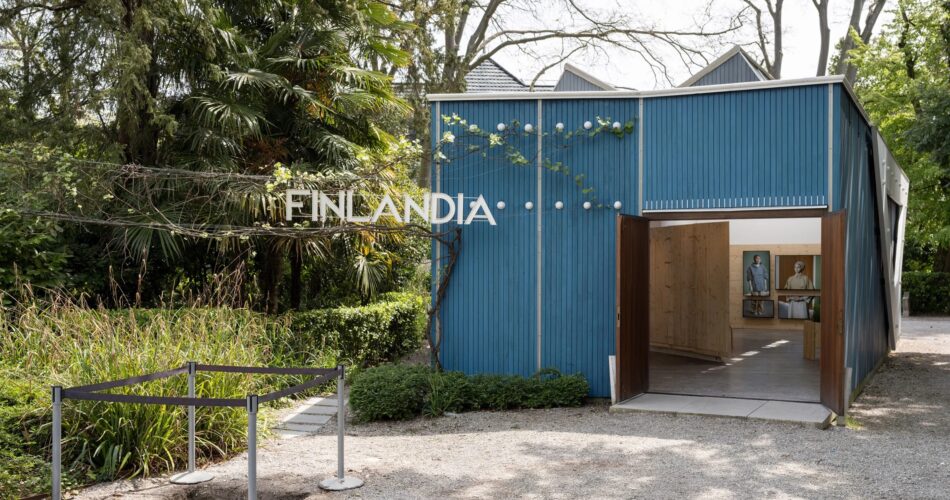A Finnish composting toilet for Venice Architecture Biennale
In order to critically examine the global sanitation crisis, Finland’s pavilion at the Venice Architecture Biennale features a Huussi, or composting toilet, installed in the middle of the structure.
According to this article, the pavilion Huussi (a Finnish word for a composting toilet), imagining the Future History of Sanitation, which proclaims the “death of the flushing toilet as we know it” was created by The Dry Collective, a group of architects, designers, and artists, and was organized by Arja Renell.
The project is in response to Lesley Lokko’s The Laboratory of the Future, the theme of the 2023 Venice Architecture Biennale, which invites participants to reflect on what it means for architects to be “agents of change”
Finland’s exhibit starts with a faux archaeological dig of a conventional flushing toilet on the grounds of the Alvar Aalto-designed pavilion, symbolically consigning it to the distant past. Flushing toilets account for 30% of home water use in affluent nations.
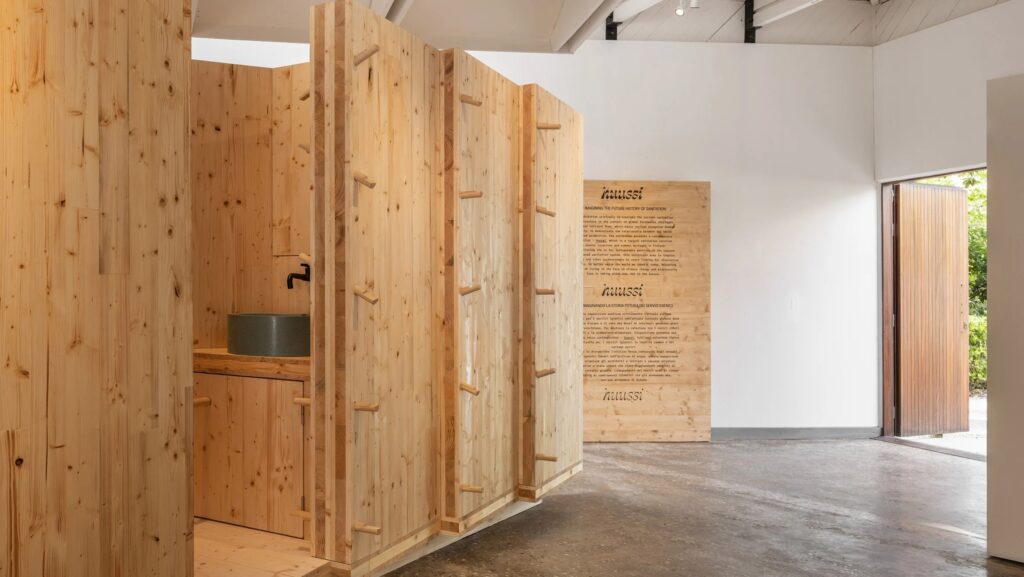
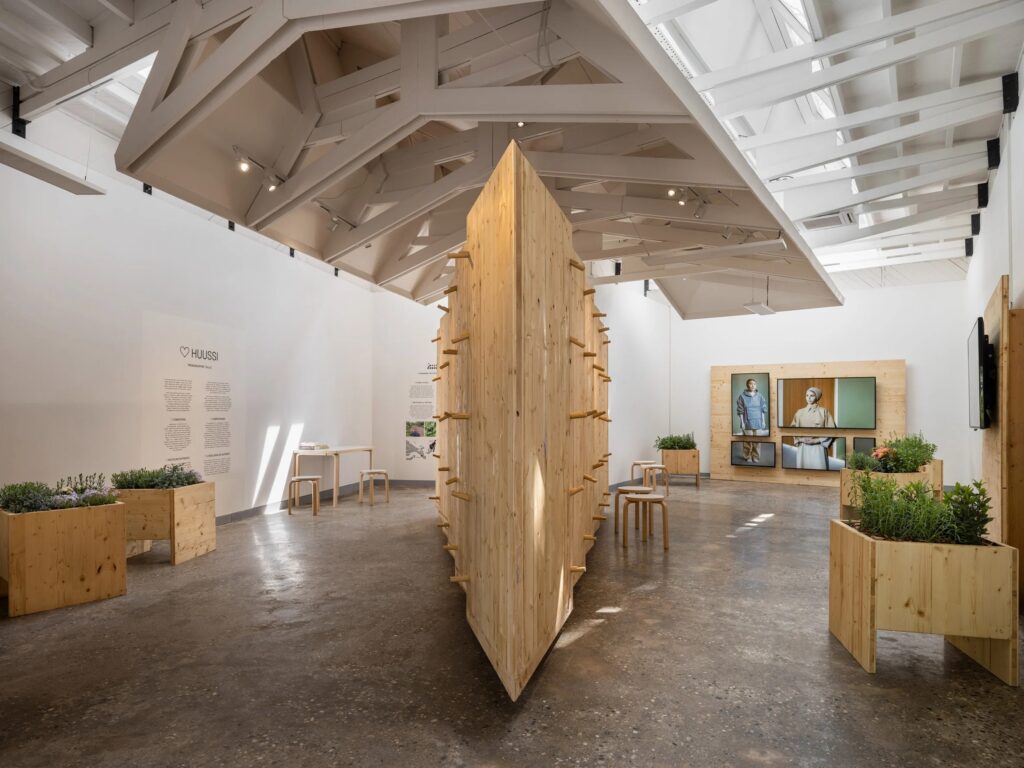
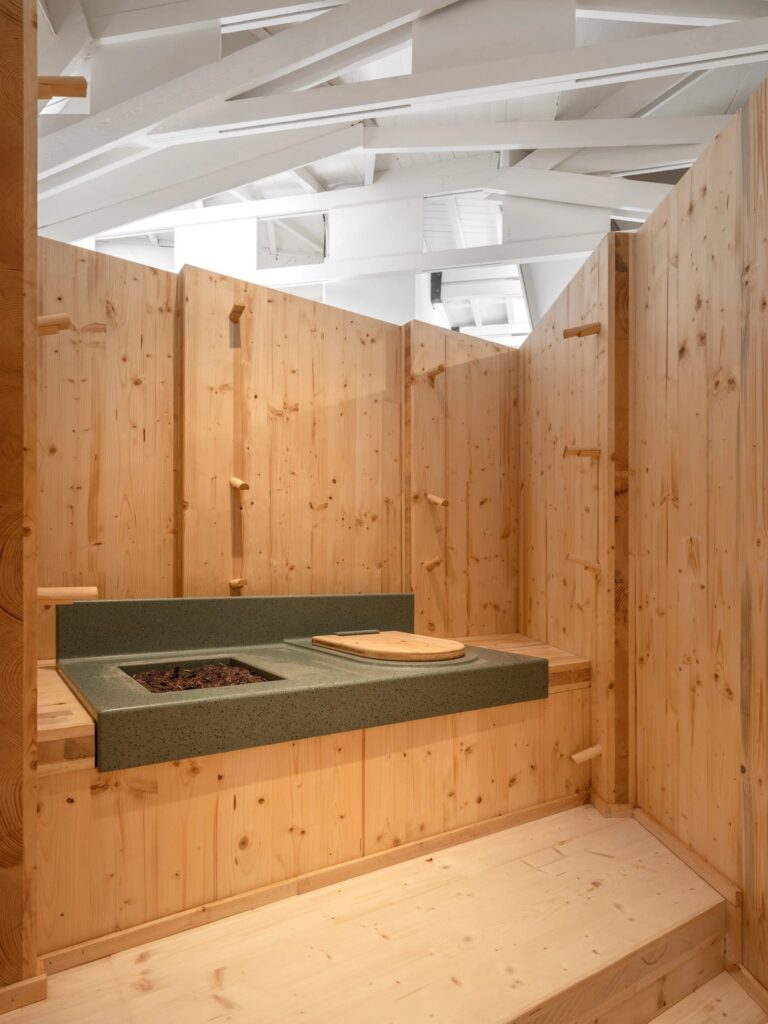
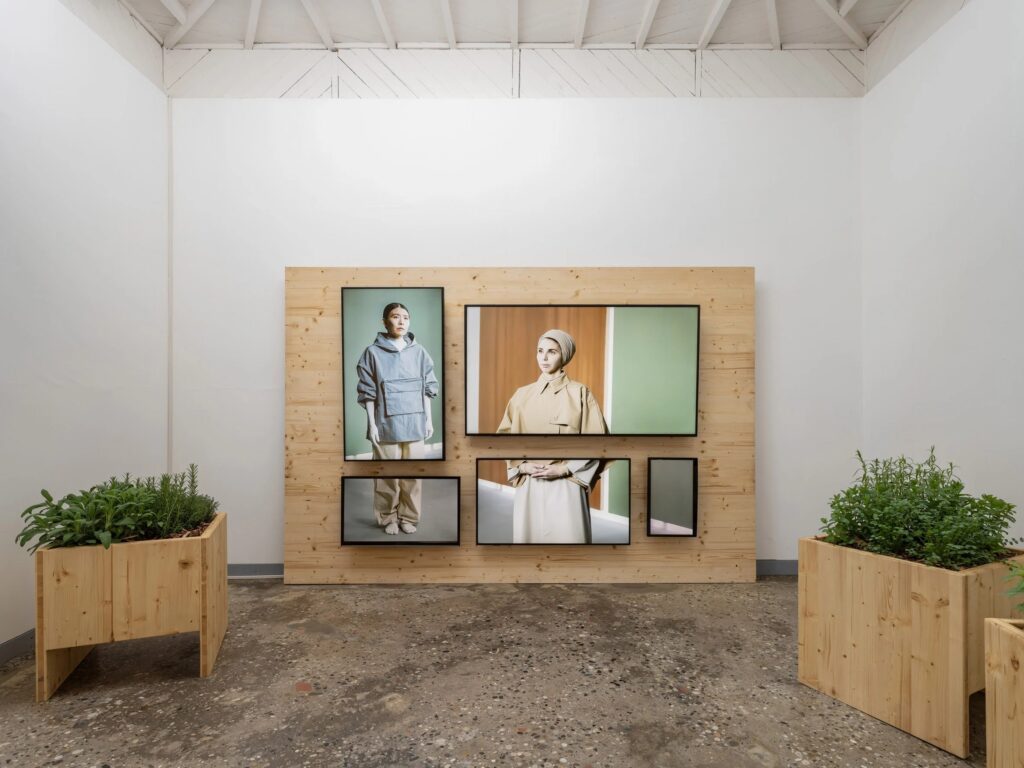
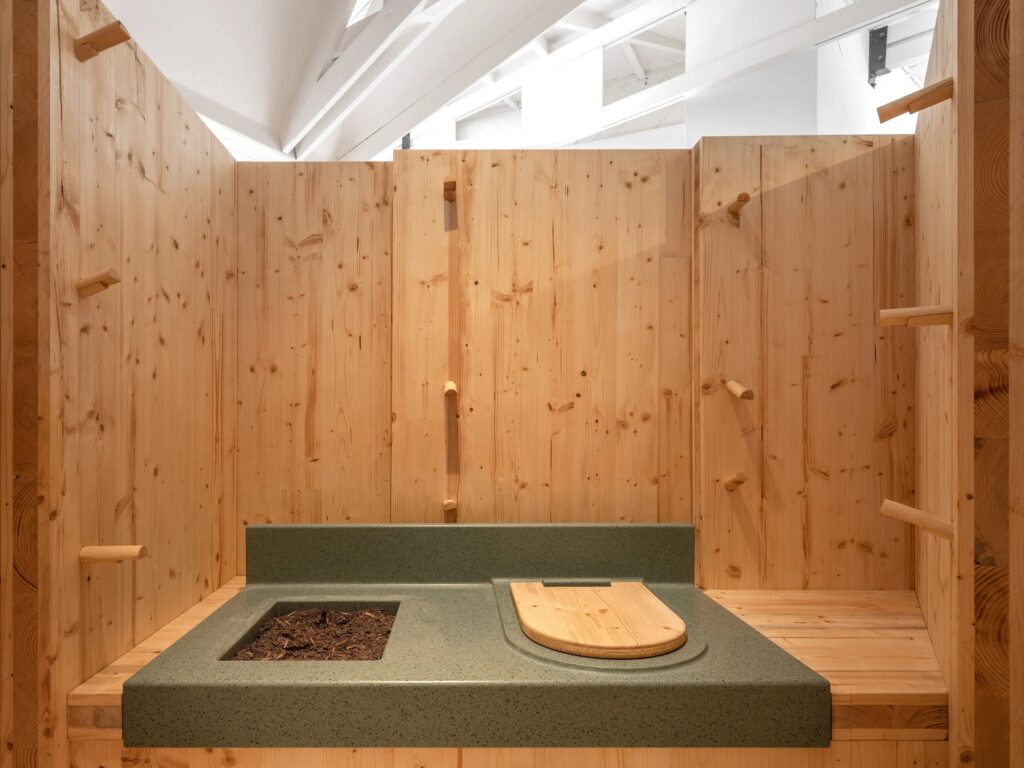
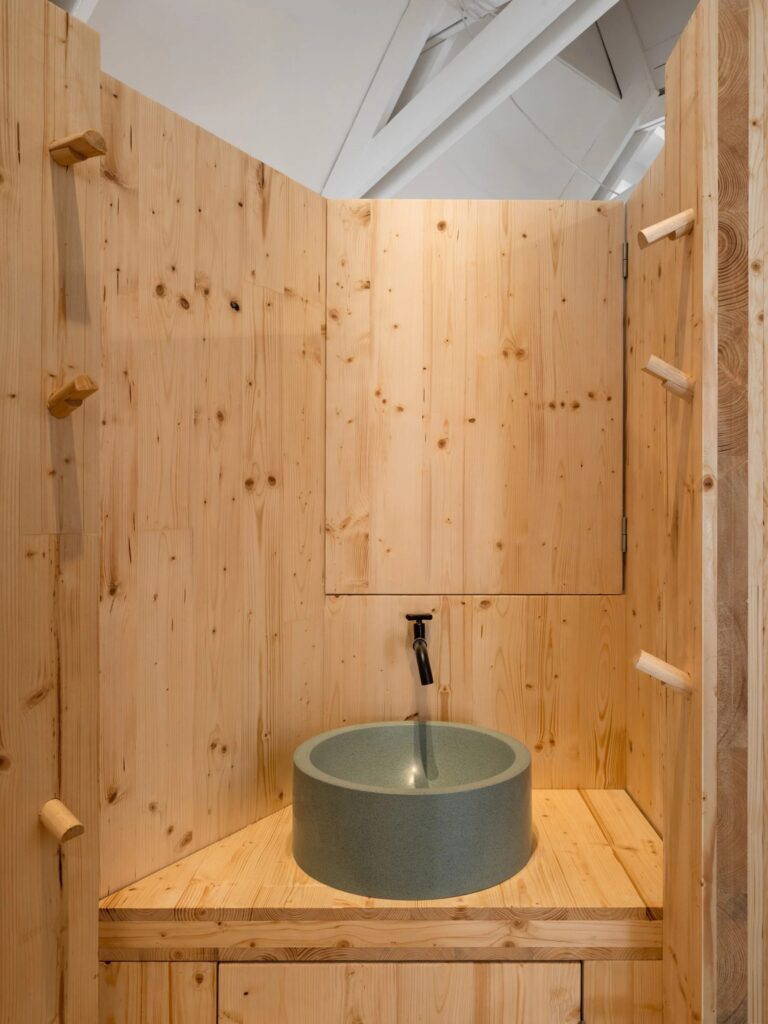
“We cannot live on a planet where billions of people use rapidly diminishing freshwater resources to flush their waste”, said curator Arja Renell.
“The whole system needs to change”, she continued. “A shift will come as we begin to see our waste as a valuable resource, and transition to treating it as such”.
A domestic-scale Huussi is housed inside the pavilion’s cross-laminated timber (CLT) framework, which is surrounded by wooden planters that have been fertilized with fertilizer made from human urine.
Visitors are not allowed to use the Huussi restroom during the biennale, but it will be given to VERAS, a neighboring non-profit group that maintains a field and allotments on the nearby Venetian island of Vignole, after the event.
Together with other video works offering details on alternate sanitation systems, the Huussi is complemented by a fictional documentary film set in the year 2043 that highlights the “absurdity” of our existing approach toward sanitation and waste.
“We want to share the domesticity and utility of the Finnish Huussi to inspire a dialogue about the state of what is possible… what considerations become critical, and how will solutions vary in different parts of the world?” said Renell.
“Huussi inspires and invites all professionals to start looking for alternative solutions which would better serve the world we inhabit today”, she continued.
Some pavilions also include the Danish pavilion, which focuses on sea level rise, and the American pavilion, which seeks to address plastic dependency.
